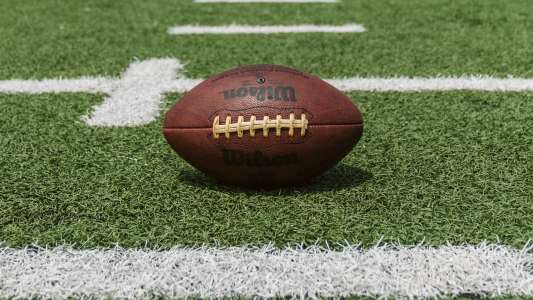The NFL Mental Aptitude Test, more commonly known as the Wonderlic Personnel Test (WPT), has transformed into a interesting component of the National Football League (NFL) draft process. It’s an exam employed by teams to evaluate the intellectual abilities and problem-solving skills of prospective players. This tool provides a unique perspective on players beyond their physical prowess, by assessing their cognitive functions and mental agility.
Let’s dive into this tool, its intended purpose, origins, efficacy, and the various components that constitute the Wonderlic NFL Test.
Origins and Purpose of the Wonderlic NFL Test
The Wonderlic NFL test was developed in the 1930s by Eldon ‘Fuzzy’ Wonderlic, a graduate student at Northwestern University. The initial purpose was to be a swift, reliable tool for measuring the cognitive ability and problem-solving skills in a workplace context. It was not until the mid-1970s that Tom Landry, a legendary Dallas Cowboys coach, began to use it as an aid in the NFL player selection process.
The main goal behind the use of the Wonderlic test in the NFL is to delve into the mental capabilities of prospective players, offering a snapshot of how they might deal with the complex strategy, rapid decision-making, and high-pressure environment that’s inherent in professional football.
Structure of the Wonderlic Test
The structure of the NFL’s Wonderlic test is as follows:
- It’s a multiple-choice test with 50 questions, and the participants have 12 minutes to answer as many as they can correctly.
- The questions are primarily based on English, math, and logical reasoning skills.
- The score is calculated based on the number of correct answers. The maximum score is 50, with each correct answer worth one point.
Here is a glimpse at what typical questions might look like:
- Reverse the order of the following: 8 6 4 2.
- If a piece of rope cost 20 cents per 2 feet, how much would n feet cost?
- In the English Alphabet, what would be the fifth letter to the right of the fifteenth from the left?
This test, while simple on the surface, requires players to apply logic quickly and accurately within the given time constraints.
Meaning and Value of Wonderlic Scores
The Wonderlic scores, which range from 0 to 50, don’t serve as a definitive predictor of players’ capabilities or performance, but they add a valuable piece to the overall puzzle of understanding the potential of a player. The average NFL player scores approximately 20 on the test, which is also considered the average score for the general population.
Although there’s some divergence, generally, positions that require more in-the-moment strategic decisions, like quarterbacks and centers, score higher on average. For example, prominent quarterbacks such as Tom Brady and Aaron Rodgers reportedly scored 33 and 35, respectively.
That said, a high score doesn’t necessarily correspond with a successful NFL career. Case in point: Hall of Famers Dan Marino and Jim Kelly recorded merely average scores. Conversely, perfect score recipient, renowned Harvard alum Ryan Fitzpatrick, has had a decent but decidedly non-Hall of Fame career.
Criticism and Relevance of the Wonderlic NFL Test
While the Wonderlic Test has been a key part of NFL evaluations for many years, it has also been a target of criticism. Critics argue that the Test doesn’t have a robust correlation with on-the-field performance and that it may present cultural and linguistic biases that disadvantage certain players.
Furthermore, it’s essential to note that the Wonderlic test is just one of many tools used in the comprehensive assessment process for potential NFL athletes. It complements other evaluations encompassing physical capabilities, tactical prowess, and psychological dimensions. Its main importance lies in offering a glimpse into the mental adaptability of candidates which, in turn, can be crucial in high-stakes situations on the field.
In conclusion, the NFL mental aptitude test or Wonderlic NFL test, is more than just a test of intelligence. It is a measurement of how players handle pressure, strategize, and adapt swiftly. While its effectiveness and utility can be debated, it supplies a distinctive perspective on players’ abilities that goes beyond their physical skills. Functioning as another piece of the multifaceted assessment puzzle in the NFL, it contributes to creating a holistic profile of potential athletes. This understanding can be invaluable in a game that requires as much mental agility as physical speed and strength.

